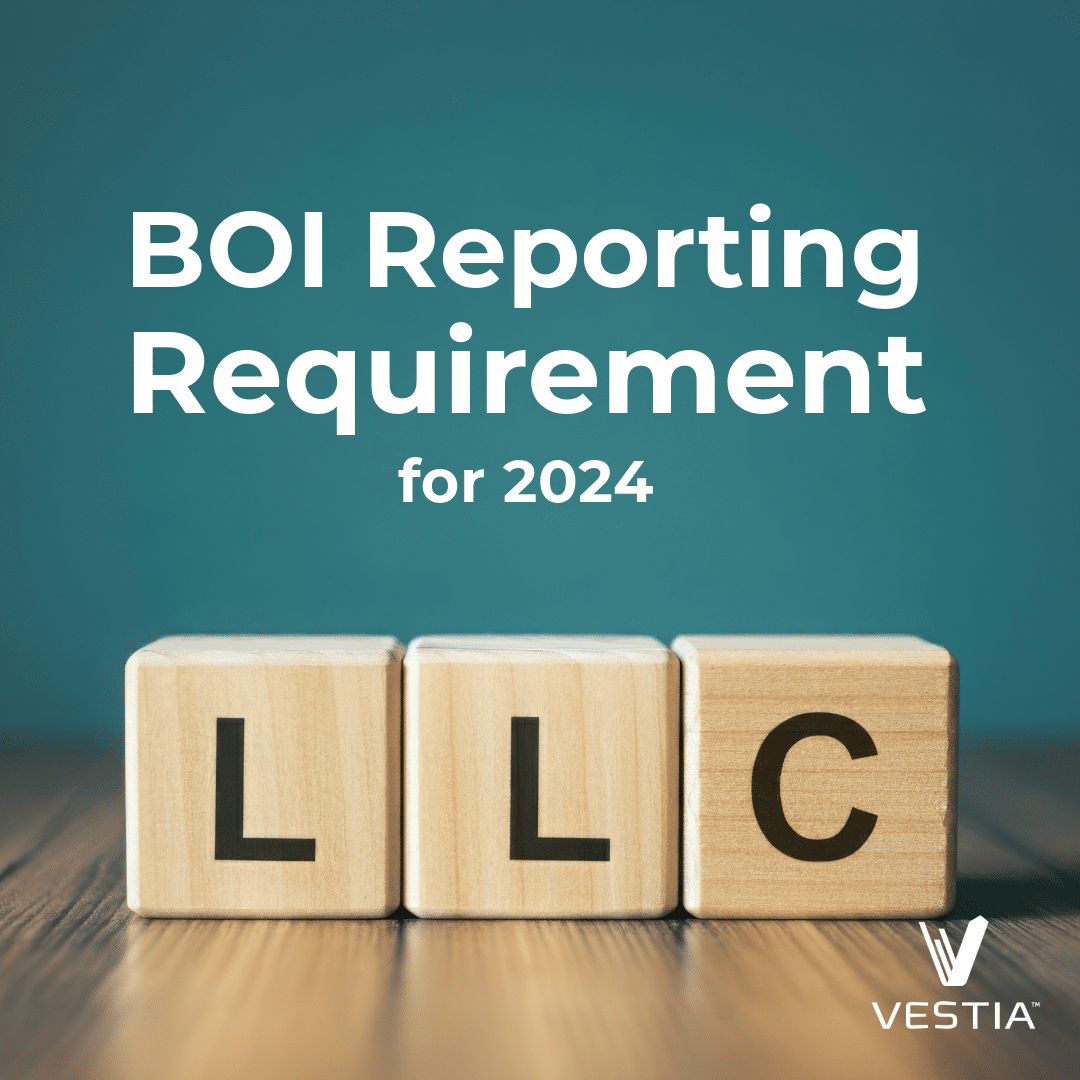Taxes are one of the most universal aspects of finances—at some point, everyone has to pay them, but not everyone pays taxes in the same way. There are different strategies to consider, especially for medical practice owners.
You don’t have to be an expert to try to take control of your tax situation, though it’s always best to consult your tax professional before implementing any new strategy.
Today, let’s walk through some ways medical practice owners can work to bring more tax efficiency into their lives.
1. Maximize Your Practice’s Retirement Plans
You’ve likely chosen a 401k or IRA for your practice depending on how much you can contribute and how high your employee contribution expenses are. One key to reducing your taxes when it comes to retirement plans is to max them out. If you don’t, you could be leaving tens of thousands on the table!
Retirement Plan Tax Reduction: Vestia Case Studies
Let’s take a closer look at how you might minimize taxes by maximizing retirement plans with two recent examples from Vestia clients who thought they were maximizing pre-tax options but actually weren’t.
One client was not aware they could do profit-sharing contributions in addition to their 401k and defined benefit. Adding profit-sharing contributions saved them nearly $15,000 in taxes.
Another couple, both practice owners, thought that maxing out their 401ks was sufficient. One person was doing profit sharing, the other was not, and neither had looked at cash balance plan options. After we worked with their account to identify the best options for their practice situations, they saved additional tens of thousands in taxes.
Moral of the story: Work directly with a financial advisor from the beginning to evaluate whether you are truly maximizing your retirement plans. Imagine having an extra $15,000 in your bank account this year!
2. Strategically Plan Your Purchases
While it may go without saying to many practice owners out there, it’s vital to strategically plan out your purchases, both big and small.
There are tax considerations for everything you buy for your medical practice. For example, taking a massive deduction in the same year you buy a piece of pricey equipment may not be the best idea, especially in a potentially rising tax-rate environment. Spreading your depreciation or write-offs may make more sense.
If you have a large project, purchase, or renovation on the horizon, it’s a good time to get familiar with the use of a cost segregation study. Cost segregation studies identify and reclassify personal property assets to shorten depreciation time for taxation purposes, meaning they have the potential to increase write-offs and help with an efficient tax strategy.
3. Explore R&D Tax Credits
Have you ever heard of R&D tax credits? If not, now may be the time to explore it! An R&D tax credit is available to companies developing new or improved business components, including products, processes, and techniques that result in new or improved functionality, performance, reliability, or quality.
It’s a dollar-for-dollar tax saving that reduces your overall liability. There’s also no limit on the number of expenses that can be claimed each year for the R&D tax credit — which means there’s no limit to your medical practice’s innovation capabilities!
If you’re not sure if your practice qualifies or not, your financial advisor can help guide you in the right direction.
4. Optimally Structure Employee Benefits
There are tax reduction strategies for most aspects of your practice, including employee benefits. Enrolling in group life or disability with multiple employees can set you up for discounts and pre-tax savings.
If you’re looking to add to your employee benefits package but are concerned about the potential cost and taxes, there are several options available. Some tax-free benefits are wellness programs, dependent care support, and professional development expenses. Adding some of these extra perks can make your employees happy without breaking the bank.
5. Restructure Your Finances
We often talk about making a financial plan and sticking to it, but your financial plan is fluid and should be adjusted as needed. As a practice owner, there may be times when it’s right for you to make a timely financial choice like taking advantage of interest rates or restructuring business debt when the time is right. You can then work to optimize those interest savings or improve cash flow to redeploy elsewhere. Your finances should shift and grow with you, so don’t be afraid to make changes when appropriate.
Put It Into Practice: A Case Study
Let’s take a real-life look at how a few of these strategies helped a current client. Last year, we helped a Vestia client apply for PPP funding in the midst of COVID-19. When the funding was approved, it allowed them to re-invest additional capital into PPE equipment as well as build an additional operatory room. We helped implement the best loan structure by consolidating existing debt and strategized with their CPA regarding the optimal current year deduction to take versus carry-forward.
These strategies saved over $15,000 interest on corporate debt and offset roughly $30,000 of current year tax obligations. They were also able to recover R&D credits for the past 3 business years — which is expected to be $125,000.
We’re not just talking about a couple of hundred bucks, these tax reduction strategies could truly save you hundreds of thousands of dollars. Don’t waste another valuable tax year — give our team a call today.
Investment advisory services offered through Vestia Personal Wealth Advisors, Vestia Retirement Plan Consultants, and Vestia Advisors, LLC. Securities offered through Ausdal Financial Partners, Inc., 5187 Utica Ridge Rd, Davenport, IA. 52807 (563)326-2064. Member FINRA/SIPC. Vestia Personal Wealth Advisors, Vestia Retirement Plan Consultants, Vestia Advisors, LLC, and Ausdal Financial Partners, Inc. are independently owned and operated.
This material is intended for informational purposes only. It should not be construed as legal or tax advice and is not intended to replace the advice of a qualified attorney or tax advisor. Case studies may not yield the same results for you. This information is not an offer or a solicitation to buy or sell securities. The information contained may have been compiled from third-party sources and is believed to be reliable.



